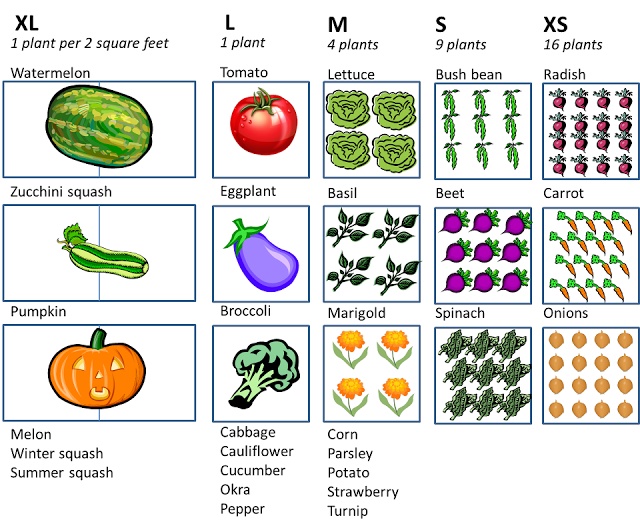Maximize Space with the Best Vertical Gardening Methods

Maximizing Space with the Best Vertical Gardening Methods for Limited Space
Vertical gardening presents an innovative solution for maximizing space, whether you're working with a compact balcony, a petite backyard, or an indoor area. This method not only optimizes spatial constraints but also enhances aesthetic appeal by transforming vertical surfaces into thriving green spaces. In this comprehensive guide, we delve into various vertical gardening techniques tailored for small spaces, exploring indoor and outdoor options as well as DIY ideas.
Why Vertical Gardening?
Vertical gardening revolutionizes gardening practices, especially in cramped environments. By utilizing vertical space effectively, enthusiasts can cultivate diverse plant varieties, ranging from culinary herbs to vibrant flowers, all while preserving valuable floor space. This method offers a practical and visually pleasing way to create lush greenery in urban settings or limited outdoor areas.
Benefits of Vertical Gardening
Vertical gardening offers a multitude of advantages, making it an ideal choice for small spaces:
- Increased Yield: By utilizing vertical structures, gardeners can optimize sunlight exposure and air circulation, resulting in higher crop yields per square foot.
- Space Conservation: This method allows for the cultivation of more plants within a confined area, maximizing gardening potential.
- Low Maintenance: Vertical gardens are generally easier to maintain than traditional gardens, requiring less bending and minimal weeding.
- Enhanced Aesthetic: Vertical gardens add a touch of elegance and charm, transforming plain walls or unused corners into vibrant green spaces.
Types of Vertical Gardens
There are several types of vertical gardens suitable for various settings:
- Indoor Vertical Gardens: Perfect for apartments or homes with limited outdoor space, these gardens can be installed on walls, shelves, or freestanding structures indoors.
- Outdoor Vertical Gardens: Ideal for balconies or small outdoor areas, these gardens can be wall-mounted or freestanding, utilizing vertical surfaces effectively.
- DIY Vertical Gardens: These cost-effective and eco-friendly gardens are created using recycled materials such as pallets, crates, or even plastic bottles, offering creative flexibility.
Best Plants for Vertical Gardening
Selecting the right plants is crucial for successful vertical gardening:
- Herbs: Culinary favorites like basil, thyme, and rosemary thrive in vertical gardens, offering fresh flavors within arm's reach.
- Vining Plants: Cucumbers, squash, and beans are excellent choices for climbing structures, maximizing vertical space utilization.
- Small Fruits: Compact fruits such as strawberries, blueberries, and raspberries can flourish in vertical setups, providing seasonal delights.
- Flowering Plants: Colorful blooms like petunias and impatiens add aesthetic appeal to vertical gardens, creating visual interest.
Vertical Garden Techniques
Achieving a thriving vertical garden requires employing the right techniques:
- Container Selection: Choose containers that are sturdy, well-draining, and suitable for the selected plants to ensure proper growth.
- Soil Considerations: Use high-quality potting mix formulated for container gardening to provide essential nutrients and promote healthy root development.
- Watering Strategies: Opt for watering cans or fine-spray hoses to deliver water directly to plant roots, preventing soil disruption and ensuring adequate hydration.
- Maintenance Practices: Regular pruning encourages robust growth and maintains garden aesthetics, promoting plant health and longevity.
For more detailed information on setting up your own vertical garden, visit Better Homes & Gardens for expert tips and inspiration.
Conclusion
Vertical gardening represents a transformative approach to maximizing space, offering a sustainable and visually appealing alternative to traditional gardening methods. Whether indoors or outdoors, the versatility of vertical gardening empowers enthusiasts to cultivate thriving green spaces in even the smallest of areas, enhancing both aesthetic and environmental benefits.
FAQs
- What are the benefits of vertical gardening?
- What types of vertical gardens are suitable for small spaces?
- Which plants are best for vertical gardening?
- How can I ensure my vertical garden thrives?
- Can I create a vertical garden indoors?
0 Response to " Maximize Space with the Best Vertical Gardening Methods"
Post a Comment